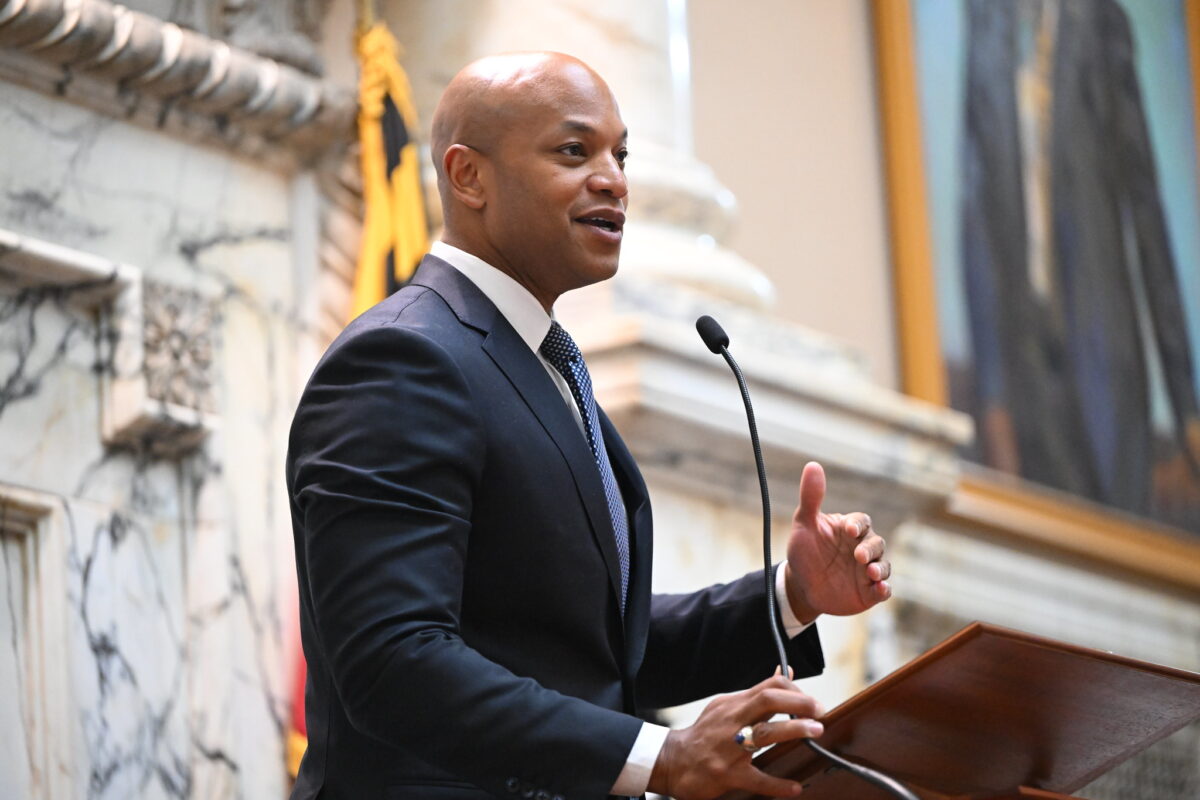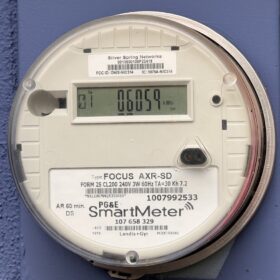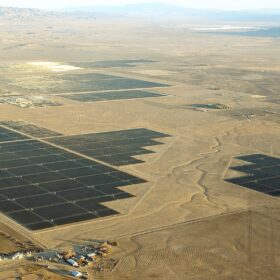States planned for more solar than any other form of generation, the NC Clean Energy Technology Center found in its 50 States of Solar quarterly report. States filed integrated resource plans, including those under review by regulators, totaling 118.3 GW in solar, 98.3 for natural gas, 50.1 GW for wind and 47.26 MW for storage.
Nearly every state took legislative action related to distributed solar. Across 48 states, the District of Columbia and Puerto Rico:
- Net metering policies: 68 actions
- Community solar: 48 actions
- Residential fixed charge or minimum bill increase: 39 actions
- Financial incentives: 29 actions
- Interconnection rules: 27 actions
- Distributed generation valuation or met metering study: 17 actions
- Third-party ownership of solar: 16 actions
- Residential demand or solar charge: 8 actions
NC Clean Energy’s criteria for what it considers relevant “actions” are bills that passed at least one chamber, along with regulatory dockets, utility rate cases and rulemaking proceedings.
Important policy developments
Distributed generation compensation rules dominated state action, with 68 actions across 32 states. Compared to Q3 2023, the last time every state simultaneously held bill sessions, 22 states and the District of Columbia and Puerto Rico took 57 actions related to distributed generation compensation rules.
Net metering in Virginia
Dominion Energy Virginia filed its proposed net metering successor program, NEM 2.0. The proposal uses net billing with 30-minute intervals and compensates excess generation based on bid prices for distributed solar power purchase agreements that are executed under Dominion’s most recent request for proposal. The bid prices include the renewable energy certificate (REC) prices, with the RECs being automatically sold to the utility.
The reevaluation of net metering was from a clause within legislation Virginia enacted in 2020. The legislation enabled residents, businesses and government bodies to get full retail rate credits for the excess power they generate and send back to the grid.
The proceedings that follow Virginia’s proposal will determine the future terms for net metering compensation and how owners of new solar installations will be paid.
Massachusetts updates SMART program
The Massachusetts Department of Energy Resources filed emergency regulations for the Solar Massachusetts Renewable Target (SMART) 3.0 Program, which provides kWh incentives to solar installations. The 3.0 program implements annual capacity targets for each project type, while creating new incentives and adders for different types of projects. It also revises the incentive tiers, changing the eligible system sizes for each tier.
Maine changes net energy billing program
Maine’s Gov. Janet Mills signed LD 1777 into law, which among several changes, made community solar and other front-of-the-meter projects ineligible for net metering. Instead, the Governor’s Energy Office will be tasked with developing a successor program for front-of-the-meter net energy billing projects. (Maine calls its net metering policy “net-energy billing,” which is not to be confused with “net billing.”)
(Read: Net metering faces uncertainty in Maine & Maine’s governor signs controversial net-metering reforms into law)
Montana’s governor vetoes community solar bill
Montana came close to requiring its investor-owned utilities to offer community solar, which would have enabled both renters and homeowners to support solar generation without putting panels on their roof.
The GOP-supported Montana Solar Shares Act would have allowed solar developers to build solar arrays between 50 kW and 5 MW. The program’s subscribers also would have had the option to assign their portion of generated electricity to a nonprofit or a public utility’s low-income energy share program.
(Read: Montana ushers in community solar & Montana governor vetoes community solar bill)
Trends from this year’s Q2 bill session
The value of distributed energy
States across the country initiated various studies on the value of distributed solar.
“As states aim to refine distributed generation compensation programs to accurately reflect the value of the exported energy, these types of studies provide insight into this value,” NC Clean Energy said.
(Also read: Minnesota court rules to cut community solar savings)
Tax incentives
States adjusted and expanded property tax incentives for solar installations, by both creating new exemptions and revising how property valuations are calculated. For example, California’s senate passed a bill to repeal the sunset date for the state’s property tax exemption for solar equipment, but limited it to customer-sited systems used for onsite generation.
Connecticut created a new municipal uniform solar capacity tax for new systems over 1 MW, but exempted installations on roofs, brownfields, landfills, canopies, critical facilities, and state-owned land. Maryland enacted legislation to allow local governments to grant property tax exemptions for non-residential installations on brownfields, floating bonds and industrial quarries.
(Read: Connecticut bill may cut electricity costs but stymie solar & Maryland legislators overhaul energy laws in mixed bag for solar)
Consumer protection
State lawmakers enacted bills to support consumer protection for owners of third-party solar installations. For example, NC Clean Energy said the Puerto Rico Senate will begin investigating how a solar financier’s bankruptcy will affect the island’s consumers, which finances around 70% of solar panel owners on the island, most of whom are residential customers.
The report was part of NC Clean Energy’s 50 States series. Other reports from this quarter include 50 States of Grid Modernization and 50 States of Electric Vehicles.
NC Clean Energy is a public service center administered by the College of Engineering at North Carolina State University, with a mission to advance a sustainable energy economy by educating, demonstrating and providing support for clean energy technologies, practices and policies. The center is known for its DSIRE database, which tracks state incentives for renewable energy and energy efficiency.
This content is protected by copyright and may not be reused. If you want to cooperate with us and would like to reuse some of our content, please contact: editors@pv-magazine.com.









By submitting this form you agree to pv magazine using your data for the purposes of publishing your comment.
Your personal data will only be disclosed or otherwise transmitted to third parties for the purposes of spam filtering or if this is necessary for technical maintenance of the website. Any other transfer to third parties will not take place unless this is justified on the basis of applicable data protection regulations or if pv magazine is legally obliged to do so.
You may revoke this consent at any time with effect for the future, in which case your personal data will be deleted immediately. Otherwise, your data will be deleted if pv magazine has processed your request or the purpose of data storage is fulfilled.
Further information on data privacy can be found in our Data Protection Policy.